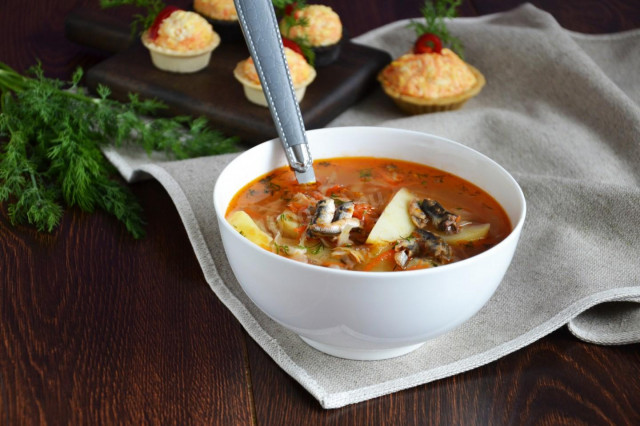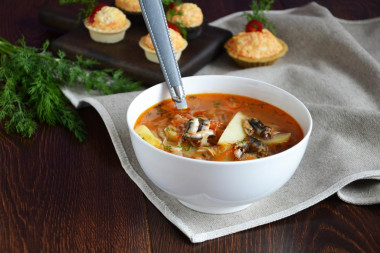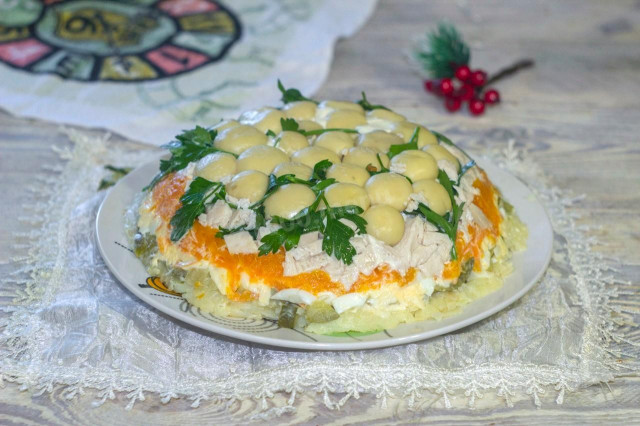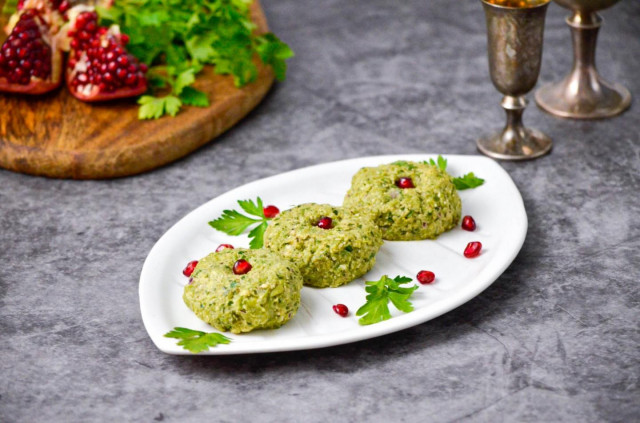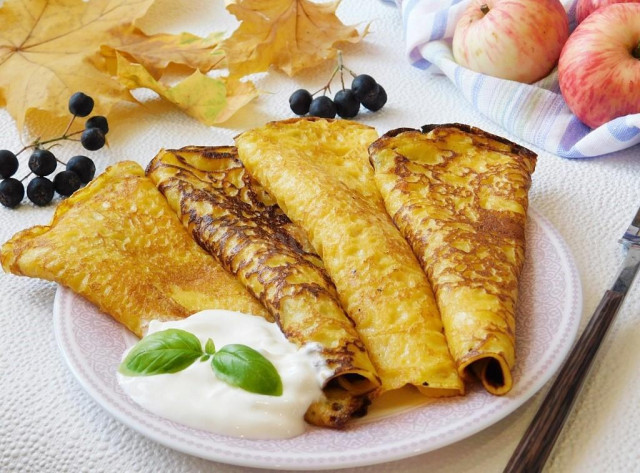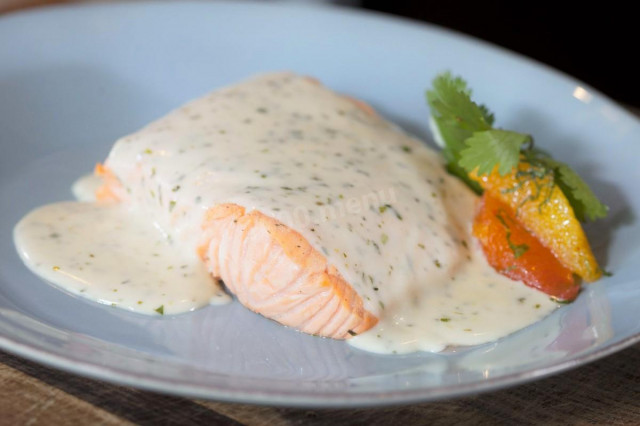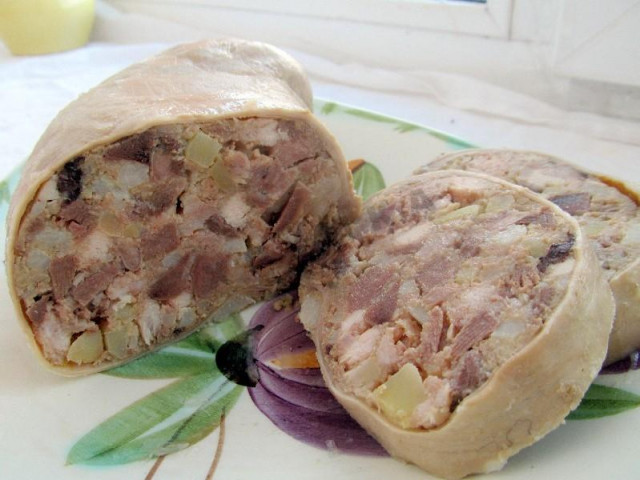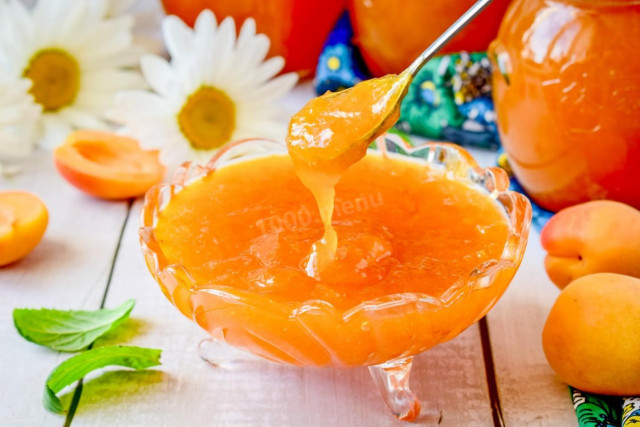Composition / ingredients
Step-by-step cooking
Step 1:

Prepare the ingredients. To prepare cabbage soup with sprat in tomato sauce, we will need: drinking water, white cabbage, potatoes, bay leaf, ground black pepper and salt.
Step 2:
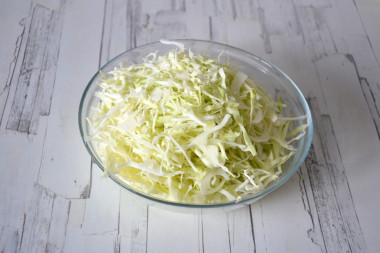
Chop the cabbage.
Step 3:
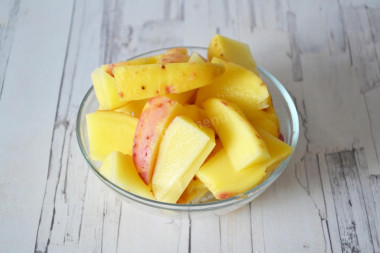
Peel potatoes, cut into medium slices.
Step 4:
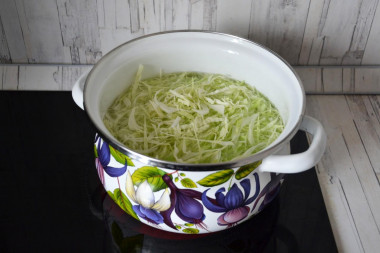
Boil water in a saucepan. Add shredded cabbage. Cook for 5 minutes.
Step 5:

Then add potatoes and salt. Cook for another 15 minutes, stirring.
Step 6:
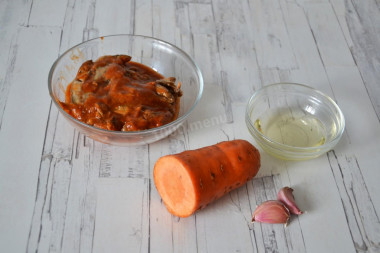
Frying. To prepare the roast, we will need: a jar of sprats in tomato sauce, carrots, garlic, vegetable oil.
Step 7:
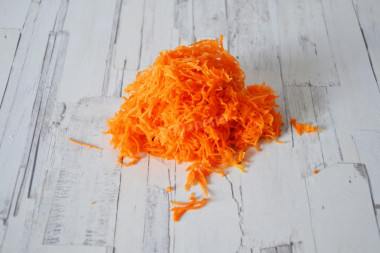
Grate carrots on a coarse grater.
Step 8:
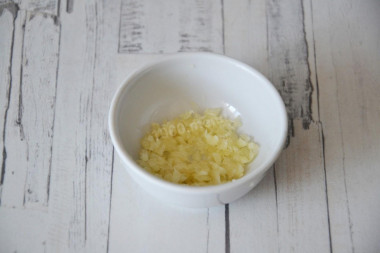
Peel the garlic and pass it through the press.
Step 9:
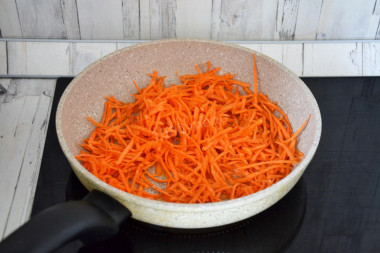
Heat the vegetable oil in a frying pan. Lay out the carrots.
Step 10:
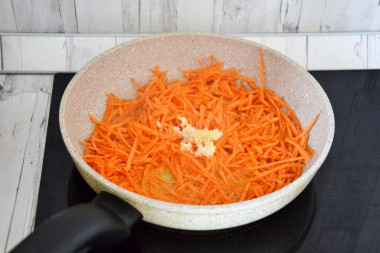
Immediately add the garlic passed through the press. Fry, stirring, until the carrots are soft.
Step 11:
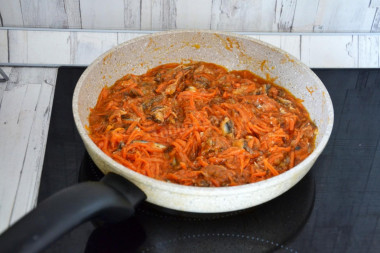
Then add the sprat and tomato to the pan along with the sauce. Stir and simmer together over low heat for 5 minutes.
Step 12:
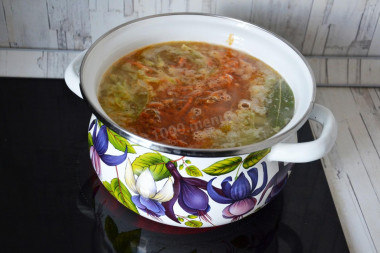
Add the roast to the pan. Stir, bring to a boil and cook for 2 minutes. If desired, pour dried or fresh dill into the soup and remove the pan from the heat.
Step 13:
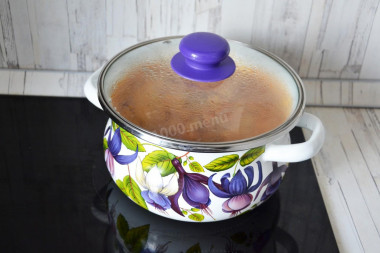
Let it brew under the lid for 15-20 minutes and pour on plates.
Cabbage soup is our native, native Russian dish. It is believed that they appeared in the national cuisine back in the IX century, when cabbage was imported from Byzantium to Russia. Ancient sources name several names of cabbage soup: shti, shti cabbage, shti borschov, shti repyany.
Quickly gaining popularity in all segments of the population, they took one of the leading positions in the meal. At first it was a vegetarian cult dish (on vegetable or mushroom broth), but then it was made into a fast-cooked meat or fish broth. Depending on the composition of the ingredients, the soup was either "rich" or "empty". The poor people, who rarely had a chance to taste meat food, added crushed lard to the soup on occasion. But it happened that they had to cook them only with cabbage and onions. Potatoes in cabbage soup appeared in the XVII century, and before that, turnips were put in them if desired and available.
Interesting is the fact that in the 18th and 19th centuries. in winter, ready-made cabbage soup was frozen and taken with them on the road in the form of large ice circles, and then chopped with an axe, put in a cauldron, warmed up and ate.
This popular love for the first course was expressed in numerous aphorisms, proverbs and sayings. This revealed a whole layer of Russian folk culture. And even now, there are no-no families, and they will serve a plate of fragrant, steaming cabbage soup to the table.
Caloric content of the products possible in the composition of the dish
- Ripe potatoes - 80 kcal/100g
- Baked potatoes - 70 kcal/100g
- Mashed potatoes - 380 kcal/100g
- Boiled potatoes - 82 kcal/100g
- Potatoes in uniform - 74 kcal/100g
- Fried potatoes - 192 kcal/100g
- Carrots - 33 kcal/100g
- Dried carrots - 275 kcal/100g
- Boiled carrots - 25 kcal/100g
- Garlic - 143 kcal/100g
- Ground black pepper - 255 kcal/100g
- Dill greens - 38 kcal/100g
- Vegetable oil - 873 kcal/100g
- Baltic sprat - 137 kcal/100g
- Hot smoked sprat - 162 kcal/100g
- Caspian sprat - 191 kcal/100g
- Spiced sprat - 154 kcal/100g
- Salt sprat - 137 kcal/100g
- Salt - 0 kcal/100g
- Water - 0 kcal/100g
- White cabbage - 28 kcal/100g
- Boiled white cabbage - 21 kcal/100g

